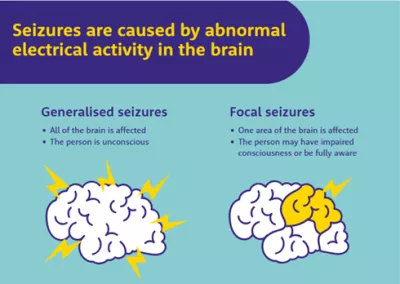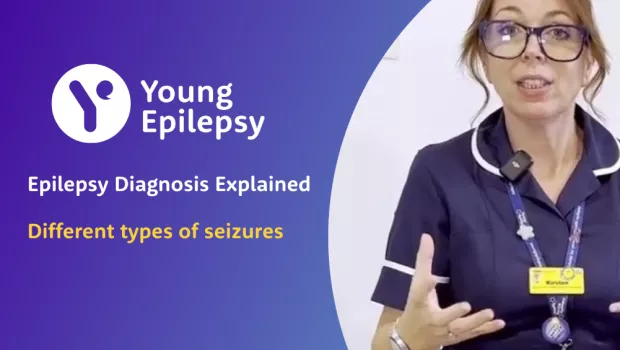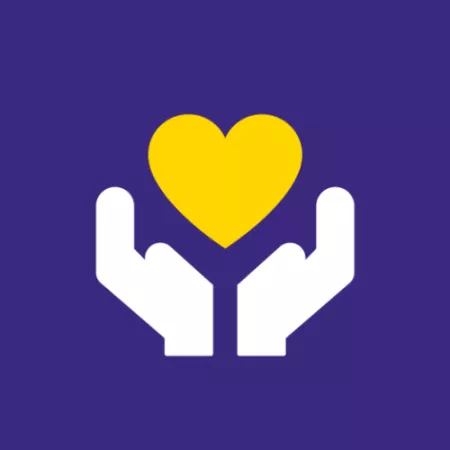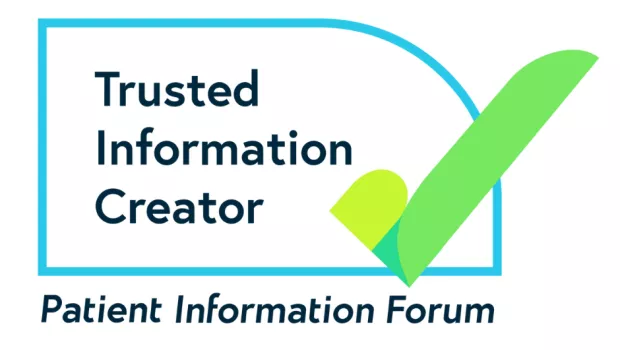There are many different types of seizures. On this page we tell you about the most common seizure types, such as generalised and focal seizure types.
This information is for people affected by or concerned about seizures. Use this page as a general guide and speak to a health professional for more information and support
Seizure onset
An epileptic seizure happens when there is a sudden electrical discharge in the brain. It can happen in different parts of the brain.
The seizure type and the symptoms you have depends on what part of the brain the sudden electrical discharge happens.






